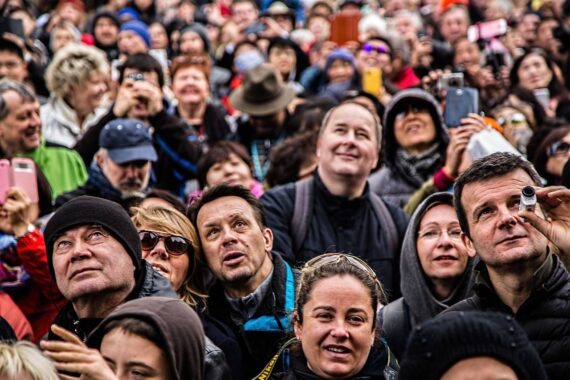The Hanzi Movie Method (Part 6): Triggering Inspiration for Scripts

The Hanzi Movie Method is a mnemonic system for learning Chinese characters. It is the most critical subset of our larger patent pending curriculum. This is part six of a series explaining the method. Click below to navigate the various parts:
Part 1 – Part 2 – Part 3 – Part 4 – Part 5 – Part 6 – Part 7 – New Pinyin Chart
P.S. If you are brand new to the Chinese language, we recommend first checking out our article on Chinese Characters.
The Hanzi Movie Method: Inspired Troubleshooting
This article will help you in two situations:
- You have already imagined your Actor, Set & Props but you aren’t sure how they should interact to represent the keyword.
- When reviewing your Mandarin Blueprint flashcards, you can’t remember a particular element (or all of) your scene and need to make it stronger.
We got you. Below are more troubleshooting measures than you could possibly need. Bookmark this page and come here next time you feel stuck. We’ll start with your five senses.
Senses
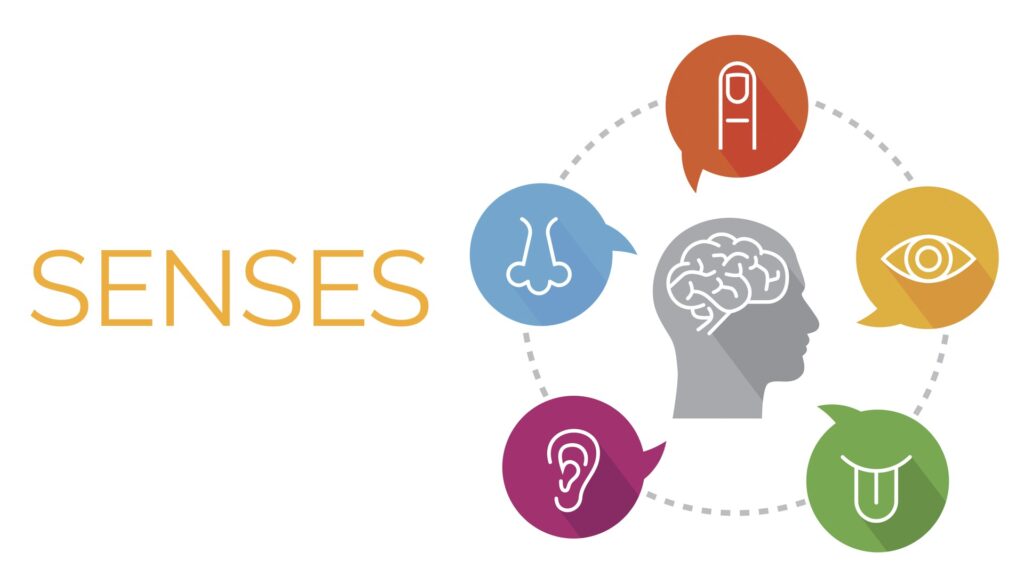
We automatically engage our senses when going through this method, but that doesn’t mean there aren’t sense triggers we can consciously apply to make our scenes more memorable.
The Hanzi Movie Method: Sight
Vision is the dominant sense used in mnemonic visualization, but that doesn’t mean that everything is automatically easy to see. Remember, this is your imagination so if something is difficult to understand, change it. Make it bigger, more exaggerated, bright and shining, or otherwise more prominent than it would be otherwise. This approach signals to your brain “Hey! Remember that! It’s emitting beautiful light for heck’s sake!”
Hearing
Take one of the props and hit it against the wall. What sound does it make? Is it what you expected? What does your actor’s voice sound like? If you want to add some humor to a scene, consider changing your actor’s voice to something different (e.g., your actor is a little girl, but you give her the voice of a Japanese sumo wrestler). We’ll discuss more how to utilize your sense of hearing in the sound effects & theme music section.
Smell
We’ve heard our whole lives that “scent is the strongest sense tied to memory.” Anecdotally, we find this claim to be valid. For example, as a teenager, Phil’s mom moved a piece of furniture from his grandparent’s house to his childhood home. Phil’s grandparents used to smoke cigarettes all the time, and the whole family would celebrate Christmas at their house. Unsurprisingly, when Phil took a look at the new piece of furniture & got a whiff of the Camel Lights his grandparents used to smoke, suddenly he was flooded with memories of family, presents, & Christmas decorations. Can you think of any smells that instantly trigger strong memories?
Taste
Your sense of taste is probably the one you’ll use the least in this method, but that doesn’t mean it isn’t tied to memory. You can easily remember the feeling of eating food you find delicious or disgusting, or maybe when you accidentally tasted something you shouldn’t have (e.g., grabbing the gasoline canister thinking it was a water bottle).
The Hanzi Movie Method: Touch
Technically speaking, your emotions would fall under the category of your sense of “touch.” That’s why they call them “feelings!” Memory athletes all agree that your emotional memory is your strongest asset when training memorization. That said, your tactile response to how the props feel in your hand, how cold or hot the environment is, or what it feels like to hug your actor can all help solidify the memory of a scene in your mind.
Remember, you don’t have to use all of your sense in all scenes, but they remain options when you are struggling to come up with inspiration. Now let’s get more specific as to how you can trigger inspiration.
Personal Experience

Your own lived experiences each hold a possible key that will unlock a connection to Chinese. Any time you have a personal experience that is related to your actor, props, or most importantly the keyword, find a way to fit it into your scene. For example, when learning the character that means “friend” or “companionship,” think of a time in your life when you had a great time with your friends. Whatever your brain came up with without you having to think about it is likely good enough. The fact that it came to mind so quickly is sufficient evidence that the association is strong.
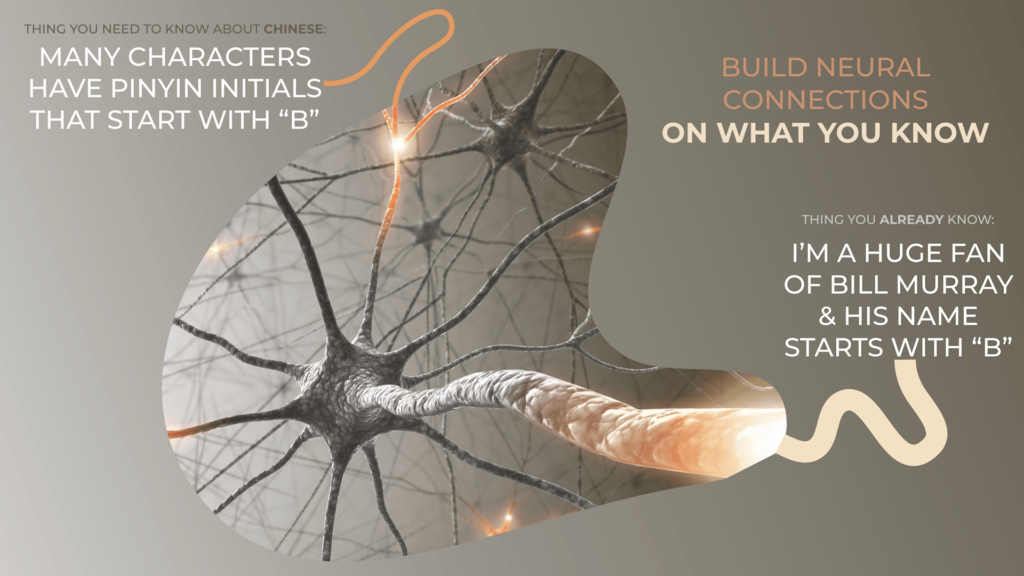
We like to call this “Neuron Welding.” When you bring to mind a lived experience, there is electricity passing between previously constructed neural networks that connect to that memory. If you then introduce a visual element that represents Mandarin Chinese, you allow neural pathways to weld a new connection from your solidly built lived experience network of neurons to the new Chinese concept. The alternative would be to create a neural network from scratch, but that’s an absolute waste of time. We’re in the meaning business over here, and meaning is NOT unique to any one language.
Movement
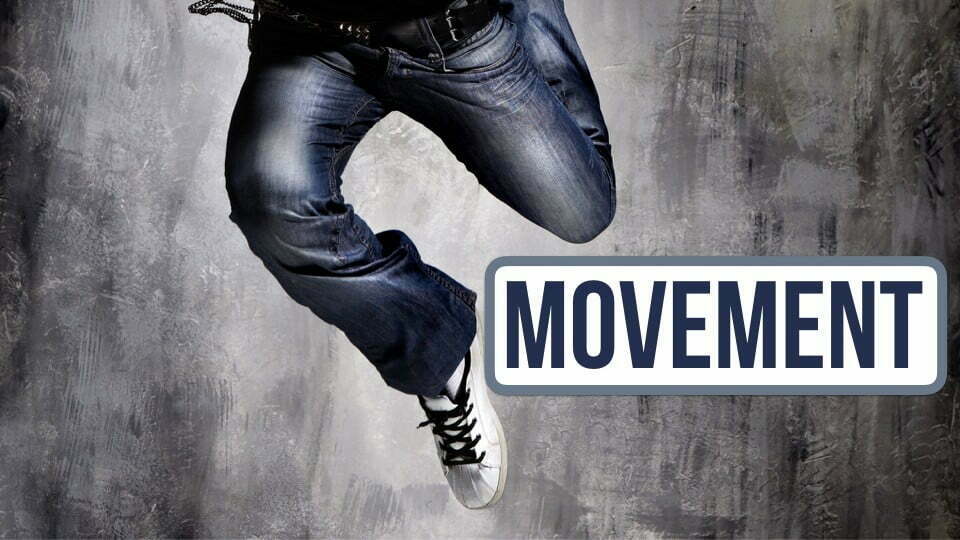
Speaking of inspiration, sometimes you will prepare to “make a movie” for a character by setting the scene & bringing in your actors and props and then feel stuck. One of the simplest ways to get unstuck is to imagine your props and actor moving around. The movement triggers you to naturally consider how a prop or actor might be used logically to express the keyword. The ideas that come to mind when watching a razor blade flying around the room will be different from a giant teddy bear running sprints. Consider making the movements sharp or extreme to help strengthen the connection to the props & actor.
The Hanzi Movie Method: Cultural Tropes
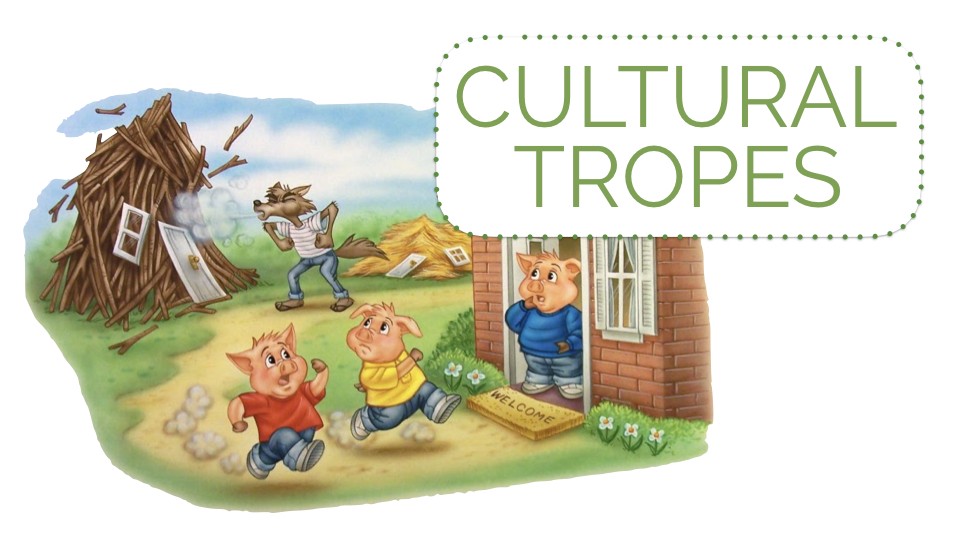
We live in a world gloriously filled with the works of people who’ve already taken the time to express meaning artistically. So what? Well, this implies that for many (if not most of) your scenes, you don’t need to find creative inspiration on your own. Just borrow from media, internet memes, historical events, or other tropes that have permeated the culture.
For example, suppose you are going to learn the Chinese character 入 rù that means “enter.” When Phil sees the world “enter,” a scene from Lord of the Rings comes to mind:
Who knows why that scene came to mind for Phil or why something different comes to mind for you, but the fact is the scene visualizes the frustration of not being able to enter a gate and the relief when the riddle is solved. Remember, in the early stages of Mandarin acquisition the keywords you learn are simple. All of these character meanings have a connection somewhere in the media, and in many cases, a great deal of effort was applied to expressing that meaning visually. The legwork is already done, all you have to do is piggy-back off of it.
Reactions

Imagining your actor, yourself, or a living prop reacting to the events of your scene is pivotal to this method. Consider the following story to show just how memorable a simple reaction shot can be:
When Phil was in middle school, his friend Bob was a big fan of the Anime show “Dragonball Z.” Phil never got into it, but one day he watched an episode with Bob. To this day Phil still clearly remembers a moment where one of the characters mentions offhandedly to two other characters that he has a son.
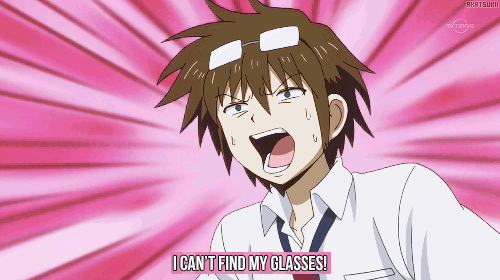
The two characters reacted with “YOU HAVE A SON?!?!?” in a way that can only be described as Anime gold. Both of their eyes became tiny dots while their mouths took up about 75% of their faces. Their whole bodies were vibrating, and the sky behind them was a cacophony of white energy lines speeding across a red sky.
Oh. I guess they didn’t know he had a son.
The fact that Phil still remembers a random moment (not even a full scene) from a show he watched only once nearly 20 years ago is a testament to just how tuned in we are to reactions. This example also illustrates how exaggerating the reactions can solidify them in your memory. As a side note, remember that the response doesn’t always have to be realistic. Assigning your actor the opposite reaction they would have in real life can be hilarious.
The Hanzi Movie Method: Contrast

In what ways can you get your Scene to express the meaning through contrast?
Examples:
Do you want to show that something is dry? Make sure it started very wet.
Want to emphasize that something is alive? Have it start dead.
If you want to get across that someone is reckless, first show the actor being very careful.
After three years of teaching this course, we’ve concluded that thinking about how to apply contrast is the easiest way to get “unstuck” when struggling for inspiration. It doesn’t work 100% of the time, but so often it does.
Humor
The Hanzi Movie Method continually provides opportunities for laughter because many of the scenes can be surrealistically absurd. “Shaquille O’Neal, what are you doing in my high school with a spatula and a ferret?!”
While it is undoubtedly true that senses of humor vary between individuals, there are some aspects to comedy that are virtually universal. Often when scenes contain a surprise or a misdirection, you’ll end up laughing at the absurdity of it all. We just mentioned contrast & reactions, well consider this popular meme:

What makes this funny is the misdirection around how most creatures react to, you know, BURNING FIRE ALL AROUND THEM. Allow for this loose and silly feeling to permeate your scenes & the next thing you know you’ll be laughing your way to fluency.
Anthropomorphization
Sometimes when you are struggling to come up with an idea for a scene, you can give what was previously an inanimate object human traits. Seem strange? Have you ever seen “The Brave Little Toaster?”
Besides creating the potential for some adorable scenes, this technique inevitably will give you a more significant opportunity for humor.
Positioning
Imagine the Props either appearing in the order written, or positioned in the same way they are in the character. For example, if the character is 唯, imagine the mouth (口) to the left of the turkey (隹).
This is particularly relevant for some characters that have the same Props but just in different positions:
售 shòu (to sell) – 唯 wéi (solely, only)
加 jiā (to add) – 另 lìng (another)
Sexuality
For the sake of keeping this a family-friendly course, we won’t give examples with sexual imagery. However, remember that evolutionarily speaking, we are hardwired to have strong associations with sexual experiences or imagery, so its a useful tool.
The Hanzi Movie Method: Violence

If you are particularly squeamish, remember that this is all taking place in your mind, so the degree of gore in any of your stories is up to you. For example, if you have someone cutting themselves in half to learn the character for “half” (半), it doesn’t necessarily have to be a bloody affair, you can make as PG as you’d like. However, if you do choose to make it as graphic as Game of Thrones, well, you’re likely to remember. Violence is a useful technique, but memory athletes would say it’s a beginning point. It’s more important to consider what type of emotional reaction you might have to a real violent scene.
Disgusting Visuals

Are people puking? Does something smell bad? Is there a person drinking a horrible liquid? Might make you gag, but that means it’s memorable.
The Hanzi Movie Method: Extras

You can add actors that are related to your actor to make your scene’s more memorable.
Examples:
John Watson shows up in a scene with Sherlock Holmes
Captain America shows up in a scene with Robert Downey Jr. as Iron Man.
Stan, Kyle & Kenny join Cartmen for a scene.
CAVEAT: Only use “Extras” if there is no conflict between the extra and your other chosen actors.
Emphasize Details

Emphasizing details is a technique you can use when you realize you’ve forgotten something about your scene. For example, you remember the props, actor & keyword, but you’re struggling to remember the set. You could do any or all of the following to help solidify the set in your memory:
In every room (for example, your childhood home living room), mentally walk through and take note of as many details as possible.
What furniture is present?
What is on the walls?
Are there decorations?
How is the lighting?
Is sunlight coming in from the window?
Are there miscellaneous objects around the room?
What is carpeting like?
Is there a smell to the room?
You could run through a similar process if the element you forgot was instead the actor, a prop or the keyword.
Google it!

When all else fails, you can utilize Google image search to trigger yourself towards a new idea. After all, the internet is full of pictures that represent simple objects, meanings, people & places. We recommend only using this as a last resort because connections that arise from within your brain are more potent than those derived from others. Nonetheless, Google is there for you if you need it.
Learn how to pronounce and also learn Chinese characters for free with our 14-day free trial giving you full access to our entire curriculum.
You will be able to read, write and pronounce Chinese characters and get an overall “plan of attack” for your ENTIRE Chinese journey all the way to fluency and literacy.







